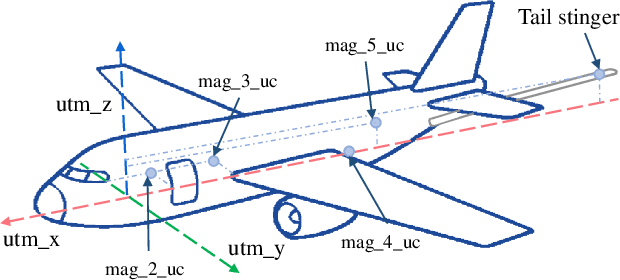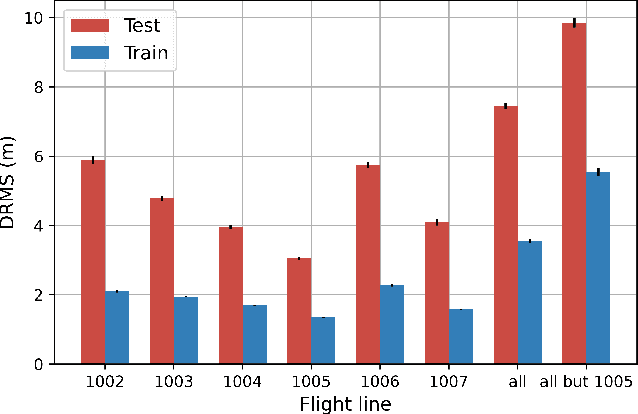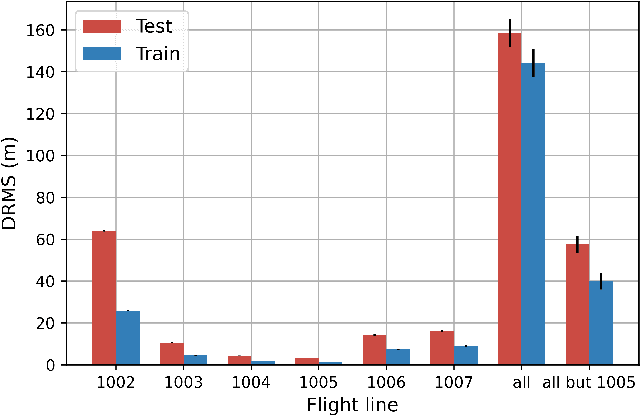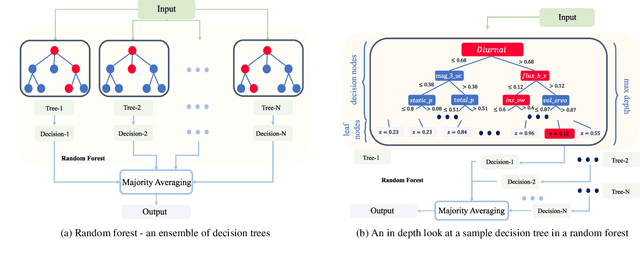Mohammadamin Moradi
Automated Treatment Planning for Interstitial HDR Brachytherapy for Locally Advanced Cervical Cancer using Deep Reinforcement Learning
Jun 13, 2025Abstract:High-dose-rate (HDR) brachytherapy plays a critical role in the treatment of locally advanced cervical cancer but remains highly dependent on manual treatment planning expertise. The objective of this study is to develop a fully automated HDR brachytherapy planning framework that integrates reinforcement learning (RL) and dose-based optimization to generate clinically acceptable treatment plans with improved consistency and efficiency. We propose a hierarchical two-stage autoplanning framework. In the first stage, a deep Q-network (DQN)-based RL agent iteratively selects treatment planning parameters (TPPs), which control the trade-offs between target coverage and organ-at-risk (OAR) sparing. The agent's state representation includes both dose-volume histogram (DVH) metrics and current TPP values, while its reward function incorporates clinical dose objectives and safety constraints, including D90, V150, V200 for targets, and D2cc for all relevant OARs (bladder, rectum, sigmoid, small bowel, and large bowel). In the second stage, a customized Adam-based optimizer computes the corresponding dwell time distribution for the selected TPPs using a clinically informed loss function. The framework was evaluated on a cohort of patients with complex applicator geometries. The proposed framework successfully learned clinically meaningful TPP adjustments across diverse patient anatomies. For the unseen test patients, the RL-based automated planning method achieved an average score of 93.89%, outperforming the clinical plans which averaged 91.86%. These findings are notable given that score improvements were achieved while maintaining full target coverage and reducing CTV hot spots in most cases.
Kolmogorov-Arnold Network Autoencoders
Oct 02, 2024



Abstract:Deep learning models have revolutionized various domains, with Multi-Layer Perceptrons (MLPs) being a cornerstone for tasks like data regression and image classification. However, a recent study has introduced Kolmogorov-Arnold Networks (KANs) as promising alternatives to MLPs, leveraging activation functions placed on edges rather than nodes. This structural shift aligns KANs closely with the Kolmogorov-Arnold representation theorem, potentially enhancing both model accuracy and interpretability. In this study, we explore the efficacy of KANs in the context of data representation via autoencoders, comparing their performance with traditional Convolutional Neural Networks (CNNs) on the MNIST, SVHN, and CIFAR-10 datasets. Our results demonstrate that KAN-based autoencoders achieve competitive performance in terms of reconstruction accuracy, thereby suggesting their viability as effective tools in data analysis tasks.
Random forests for detecting weak signals and extracting physical information: a case study of magnetic navigation
Feb 21, 2024



Abstract:It was recently demonstrated that two machine-learning architectures, reservoir computing and time-delayed feed-forward neural networks, can be exploited for detecting the Earth's anomaly magnetic field immersed in overwhelming complex signals for magnetic navigation in a GPS-denied environment. The accuracy of the detected anomaly field corresponds to a positioning accuracy in the range of 10 to 40 meters. To increase the accuracy and reduce the uncertainty of weak signal detection as well as to directly obtain the position information, we exploit the machine-learning model of random forests that combines the output of multiple decision trees to give optimal values of the physical quantities of interest. In particular, from time-series data gathered from the cockpit of a flying airplane during various maneuvering stages, where strong background complex signals are caused by other elements of the Earth's magnetic field and the fields produced by the electronic systems in the cockpit, we demonstrate that the random-forest algorithm performs remarkably well in detecting the weak anomaly field and in filtering the position of the aircraft. With the aid of the conventional inertial navigation system, the positioning error can be reduced to less than 10 meters. We also find that, contrary to the conventional wisdom, the classic Tolles-Lawson model for calibrating and removing the magnetic field generated by the body of the aircraft is not necessary and may even be detrimental for the success of the random-forest method.
Machine-learning prediction of tipping and collapse of the Atlantic Meridional Overturning Circulation
Feb 21, 2024



Abstract:Recent research on the Atlantic Meridional Overturning Circulation (AMOC) raised concern about its potential collapse through a tipping point due to the climate-change caused increase in the freshwater input into the North Atlantic. The predicted time window of collapse is centered about the middle of the century and the earliest possible start is approximately two years from now. More generally, anticipating a tipping point at which the system transitions from one stable steady state to another is relevant to a broad range of fields. We develop a machine-learning approach to predicting tipping in noisy dynamical systems with a time-varying parameter and test it on a number of systems including the AMOC, ecological networks, an electrical power system, and a climate model. For the AMOC, our prediction based on simulated fingerprint data and real data of the sea surface temperature places the time window of a potential collapse between the years 2040 and 2065.
Machine-learning parameter tracking with partial state observation
Nov 15, 2023



Abstract:Complex and nonlinear dynamical systems often involve parameters that change with time, accurate tracking of which is essential to tasks such as state estimation, prediction, and control. Existing machine-learning methods require full state observation of the underlying system and tacitly assume adiabatic changes in the parameter. Formulating an inverse problem and exploiting reservoir computing, we develop a model-free and fully data-driven framework to accurately track time-varying parameters from partial state observation in real time. In particular, with training data from a subset of the dynamical variables of the system for a small number of known parameter values, the framework is able to accurately predict the parameter variations in time. Low- and high-dimensional, Markovian and non-Markovian nonlinear dynamical systems are used to demonstrate the power of the machine-learning based parameter-tracking framework. Pertinent issues affecting the tracking performance are addressed.
Model-free tracking control of complex dynamical trajectories with machine learning
Sep 20, 2023Abstract:Nonlinear tracking control enabling a dynamical system to track a desired trajectory is fundamental to robotics, serving a wide range of civil and defense applications. In control engineering, designing tracking control requires complete knowledge of the system model and equations. We develop a model-free, machine-learning framework to control a two-arm robotic manipulator using only partially observed states, where the controller is realized by reservoir computing. Stochastic input is exploited for training, which consists of the observed partial state vector as the first and its immediate future as the second component so that the neural machine regards the latter as the future state of the former. In the testing (deployment) phase, the immediate-future component is replaced by the desired observational vector from the reference trajectory. We demonstrate the effectiveness of the control framework using a variety of periodic and chaotic signals, and establish its robustness against measurement noise, disturbances, and uncertainties.
* 16 pages, 8 figures
 Add to Chrome
Add to Chrome Add to Firefox
Add to Firefox Add to Edge
Add to Edge